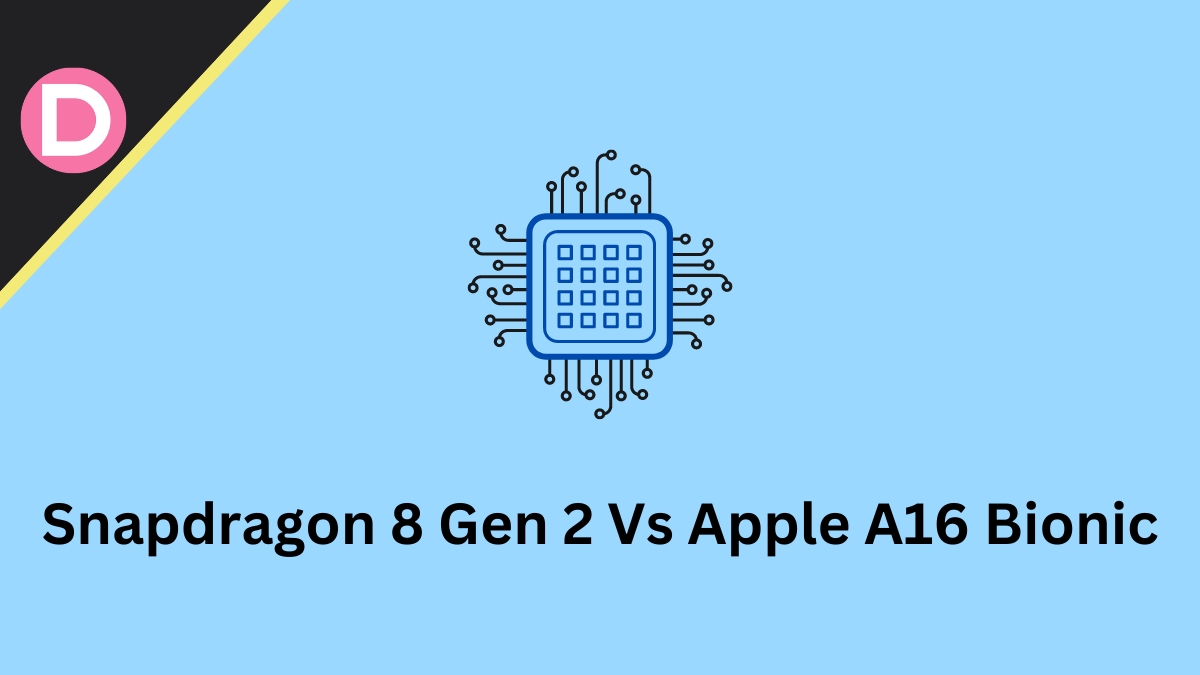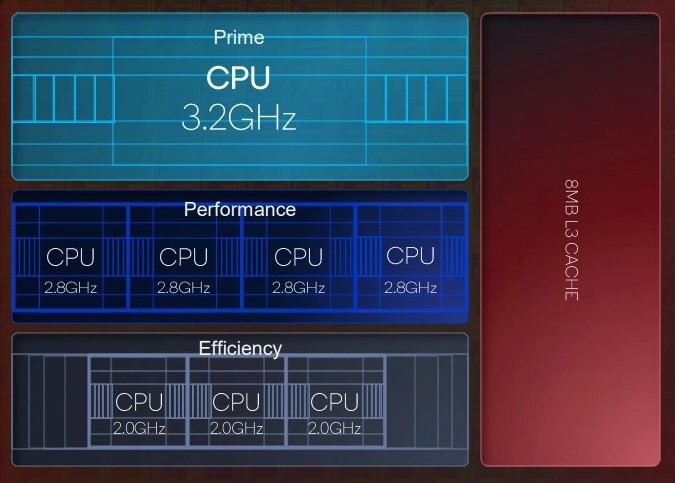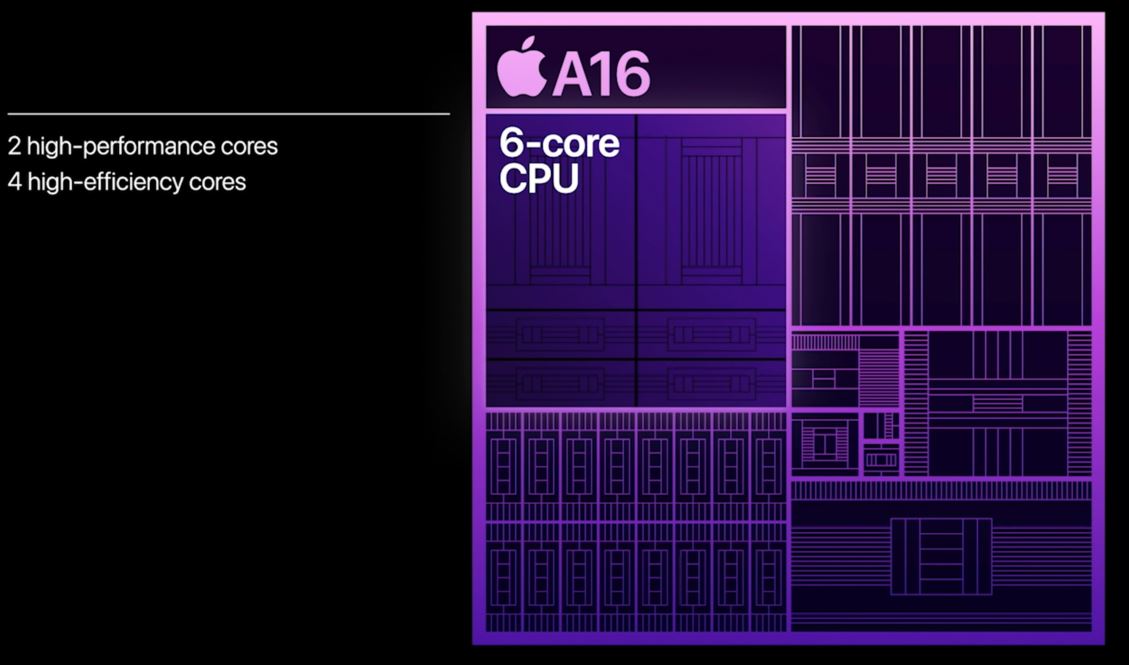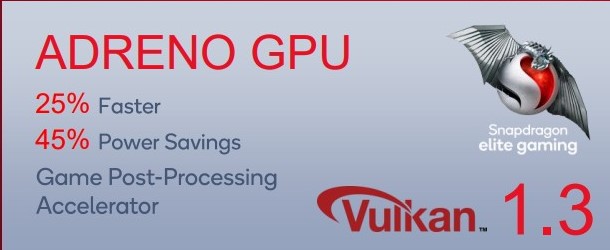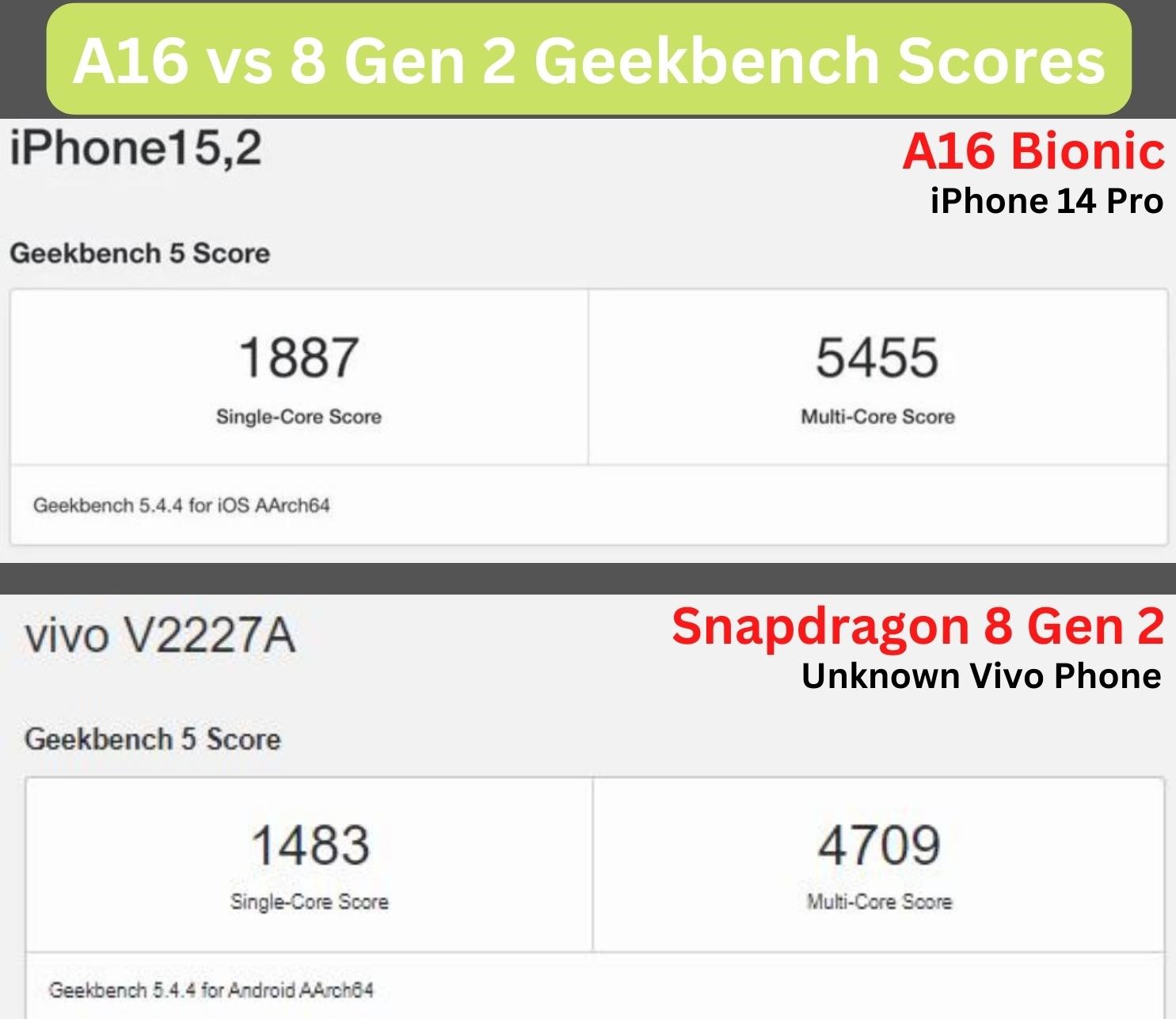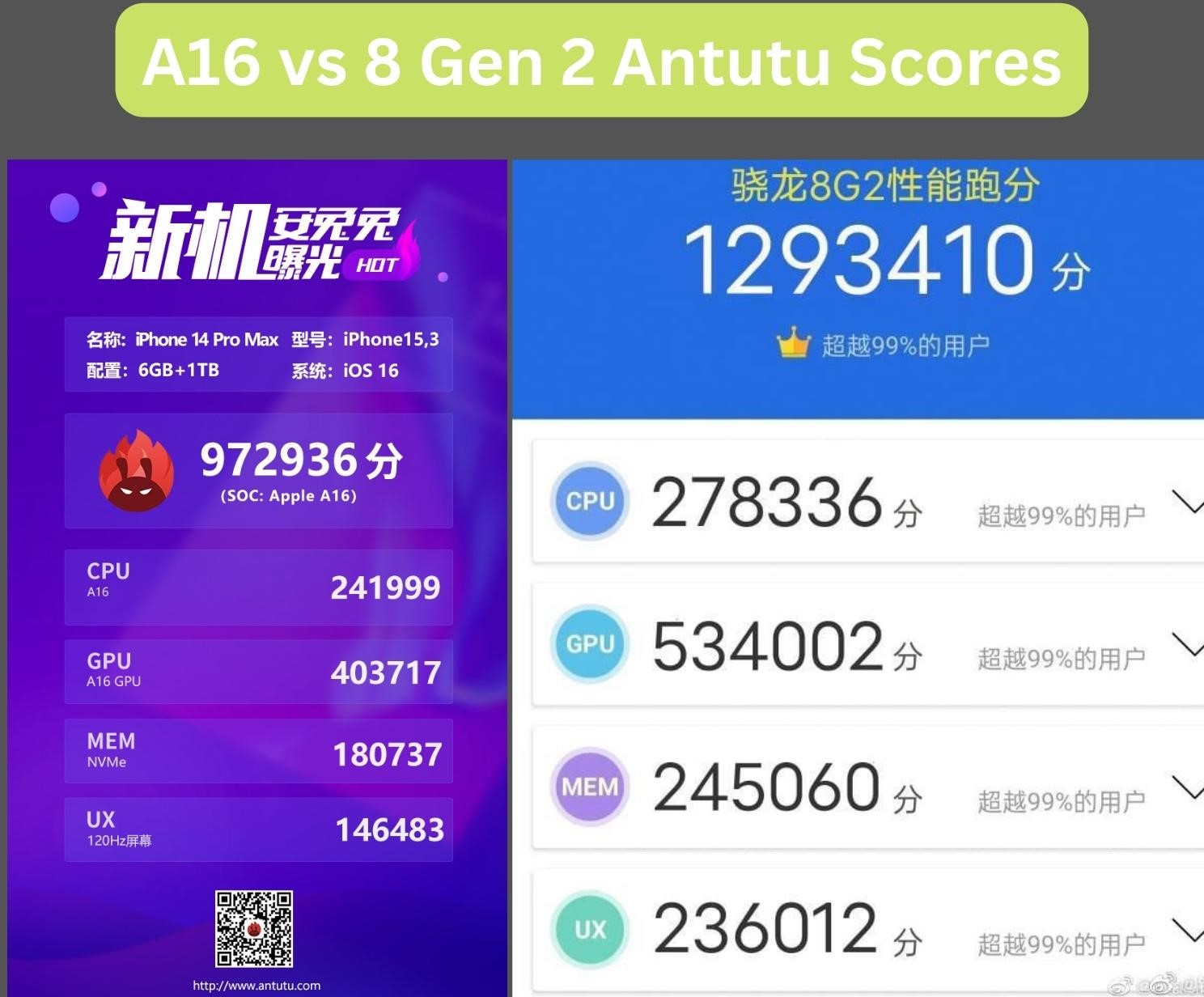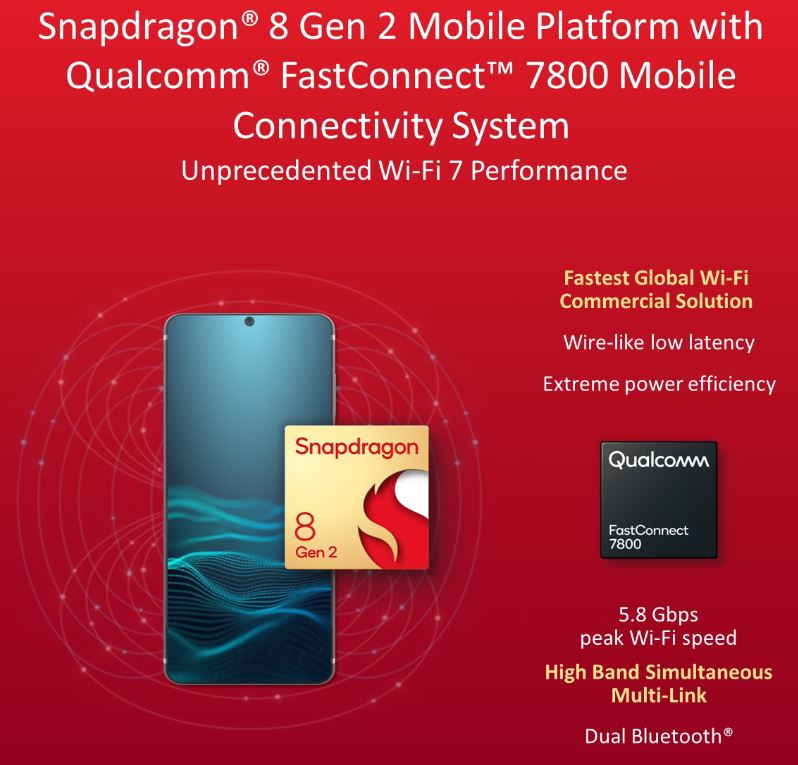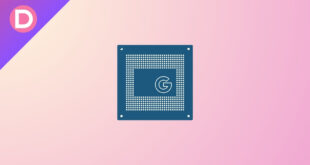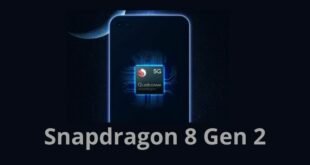The Snapdragon summit concluded on November 17, and the much anticipated Snapdragon 8 Gen 2 SoC was announced. Heavy emphasis was put on Artificial Intelligence, and Qualcomm collaborated with Meta. Lots of promises about AI improvements were made on stage.
Snapdragon 8 Gen 2: What’s new?
- Better AI & ML.
- Improvements to efficiency and sustained performance.
- Improved ISP with 8K60 HDR video.
- Ray tracing and GPU improvements.
- Wi-Fi 7 and dual-band dual SIM 5G.
- Head tracking and spatial Audio.
- Improved CPU performance.
The Snapdragon 8 Gen 2 supports hardware-accelerated ray tracing and also has optimized support for Unreal Engine 5’s Metahuman Framework. This chip will be excellent for gamers since Ray Tracing is an advanced, hyper-realistic, and demanding way of rendering objects and shadows in real time, with proper ambient occlusions and reflections while playing a game.
Qualcomm has worked with Tencent and Net Ease to incorporate this feature into their games to see this feature in action as early as 2023.
Since ray-tracing requires a lot of GPU horsepower, the entire graphical control unit has been upgraded to the Adreno 740, which boasts a 25% gain in performance while being up to 45% more efficient, and it also supports Vulkan 1.3. This enables photo-realistic human characters in games with excellent graphic quality all around.
Snapdragon 8 Gen 2 vs Apple A16 Bionic
1. CPU Performance
The A16 Bionic has 2 performance cores named Everest Cores, clocked at 3.46 GHz. It has two efficiency cores called Sawtooth, clocked at 2.02 GHz. The new 8 Gen 2 has the Cortex X3 (Primary Core) clocked at 3.2 GHz, four performance cores clocked at 2.8 GHz, and three efficiency cores clocked at 2 GHz.
It’s worth mentioning that Qualcomm uses an Octa-Core processor while Apple uses a Hexa-Core one. Considering that Apple has higher clock speeds for their performance cores, and their hardware is designed to work very well with their software with excellent integration and optimization, Apple will mostly beat the Snapdragon 8 Gen 2 in both single and multi-core CPU performance.
There’s good news, though, since the gap isn’t as big as it was when the 8 Gen 1 launched. The 8 Gen 2’s CPU performance is good enough to the point where a difference in daily use will not be noticed, even a few years later.
Winner: A16 Bionic.
2. GPU and Gaming Performance
Before talking about benchmarks, it is essential to note that benchmarks in 2022 are not meant to depict performance differences in real-life use. Still, they are just used to conveniently compare the capabilities of chipsets and get an idea of general performance versus the competition. Benchmark scores should never be associated with real-life use, and tiny benchmark score differences rarely impact daily practical use.
Qualcomm made massive improvements to their GPU since the new Adreno 740 is more powerful and more efficient, as stated before, has hardware-level ray tracing, and can hyper-realistically render faces and textures.
On the other hand, Apple used a nearly identical GPU on the A16 compared to the GPU on the A15 Bionic. They just focused on efficiency, so a marginal 5% improvement versus the previous generation was seen. Things are looking promising for Qualcomm since, according to Golden Reviewer, the GPU might match and surpass the A16 in gaming and sustained performance.
If we go by estimates, the GPU on the Gen 2 is just as efficient as the A16, if not more, and combined with ray tracing, it looks like Apple might get dethroned in the GPU department for the first time in a long time.
Winner: Snapdragon 8 Gen 2.
3. Benchmark Scores
Currently, several leaked benchmarks compare the A16 Bionic and the 8 Gen 2 on two of the most popular mobile benchmarking tools: Geekbench and Antutu.
The single core score on Geekbench for the 8 Gen 2 is 1483, while the A16 Bionic scores 1887, so it’s a few points ahead. Moving to the multi-core scores, the 8 Gen 2 scores 4709, and the A16 hits an impressive multi-core score of 5455.
If we’re discussing raw CPU power, Apple is about 27% ahead in single-core scores and 15% ahead in multi-core performance, making it the clear winner on the Geekbench platform.
Before discussing Antutu scores, it must be mentioned that Antutu benchmarks are not comparable cross-platform. The 8 Gen 2 scores around 1.3 Million, while the A16 Bionic scores around 973,000 points. The 1.3 Million scores on the 8 Gen 2 are extremely impressive, and it sees a massive improvement over the 8 Gen 1, which could hit 1 Million. Still, the sustained performance and thermals took a significant hit.
There are no other cross-platform scores from benchmarking tools like 3D Mark Wild Life Extreme to assess these chips’ capabilities further and get an idea of their overall performance. Apple scores an average of 80% stability at 60FPS, ranging between 9700 and 10,000 on 3D Mark.
Winner: Inconclusive.
4. Image Signal Processors
The 18-bit Triple ISP architecture on the 8 Gen 2 is capable of shooting 200MP photos with no noticeable shutter lag, and the ability to capture 3.2 Gigapixels per second looks like a strong competitor compared to Apple’s ISP which can only shoot 48MP RAW photos.
Apple has some tricks up its sleeve, like the Photonic Engine, which can perform an advertised 4 Trillion operations per photo, bringing clarity and detail improvements. The ISP also helps in EIS, stabilizing footage shot with the action mode, which goes up to 2.8K.
Apple can also shoot in Dolby Vision HDR at 4K 60 FPS while maintaining quality and stability. They use several video enhancement methods, like shooting at 120FPS and then downsampling it to 60FPS, then merging every alternating low & high exposure frame to create evenly exposed videos.
However, it does not appear to be a great match against Qualcomm’s AV1 Codec support, the new Bokeh Engine, and the new Cognitive Engine. The Cognitive Engine is similar to Apple’s Photonic Engine but better since it works with AI in real-time and performs semantic segmentation that optimizes each picture’s skin tone, hair, facial features, textures, etc., and is also capable of recognizing and enhancing trees and skies. This results in a much better end output.
Qualcomm’s 8 Gen 2 can shoot 8K videos with HDR at 60 frames per second, which people expected Apple to do considering their usual lead in videography. Still, that advantage seems to be rapidly fading. This is a mighty impressive feat.
While the win goes to Qualcomm for now, it depends on how well other Android manufacturers take advantage of the technology that Qualcomm. Some companies prefer using dedicated ISPs, so unless a workaround is achieved, all these features are thrown out of the window.
Winner: 8 Gen 2.
5. Battery life and efficiency
There can be no conclusive win in this category yet since the advertisement numbers thrown by both Apple and Qualcomm appear to give mixed results, and battery life depends on how well the software is optimized to work with the hardware. This is an aspect where Apple usually excels since they have had the battery life lead since last year.
Most of Apple’s lead came from Qualcomm’s chips being fabbed on an inefficient 4nm Samsung fabrication, so those woes seem to have finally ended this year.
With the 8 Gen 2 based on TSMC’s 4nm processing, though, we might see Android phones finally catch up to flagship iPhones in terms of battery life and overall efficiency per watt, which is something that still has a lead in.
Thermals and sustained performance is another category from which we cannot draw a conclusive analysis since we have to wait for further tests to determine an objective winner.
Winner: Inconclusive.
6. Artificial Intelligence and Machine Learning
Qualcomm’s previous chips already led over Apple’s in AI & ML. This time, Qualcomm has added more features like a faster Hexagon Processor (4.35 times faster) that also delivers 60% better performance per watt. Better multi-language translation and faster natural language processing were also advertised.
AI also plays a role in the new camera features enabled by the ISP improvements, so the Cognitive Engine heavily depends on AI. Apple’s neural engine performs an advertised 16 Trillion operations per second. Still, even the 8 Plus Gen 1 was ahead of that, achieving nearly 27 trillion, so Apple is lagging in this segment.
Winner: 8 Gen 2.
7. Connectivity
The 8 Gen 2 gets dual-active dual 5G, and the new Fast Connect chip supports Wi-Fi 7 (two times as fast as Wi-Fi 6), with speeds of up to 5.8 Gbps with less than 2 milliseconds of latency. Apple is stuck on Wi-Fi 6. However, very few take advantage of even Wi-Fi 6, so this won’t be much of a problem. The critical difference is that the Qualcomm chip supports the aptX Lossless Codec, which Apple does not support. Both support Bluetooth 5.3 and mmWave 5G and also Sub-6 GHz 5G.
Both can do Head tracking and Spatial Audio. Qualcomm can do 48 kHz lossless music streaming, which Apple can’t do, and latencies for the 8 Gen 2 are as low as 48 milliseconds.
Winner: 8 Gen 2.
Which one is Better?
Analyzing each category, Qualcomm has either matched or one-upped Apple everywhere except for Geekbench score and raw CPU performance. While it wouldn’t be fair to decide a winner without more tests, a theoretical winner can be chosen now since Qualcomm brought serious efficiency gains and massively improved the GPU.
They also introduced a breakthrough technology that lets them shoot in 8K at 60FPS with HDR, and real-time ray tracing on smartphones could be a game changer. Considering that Qualcomm matches Apple in efficiency while having a better ISP, better AI & ML, better GPU, and the latest connectivity tech, we can say that it’s the theoretical winner for now, but let’s keep in mind that both of these are excellent chipsets that are more than substantial for daily use. A practical winner cannot be decided without more real-life comparisons.
